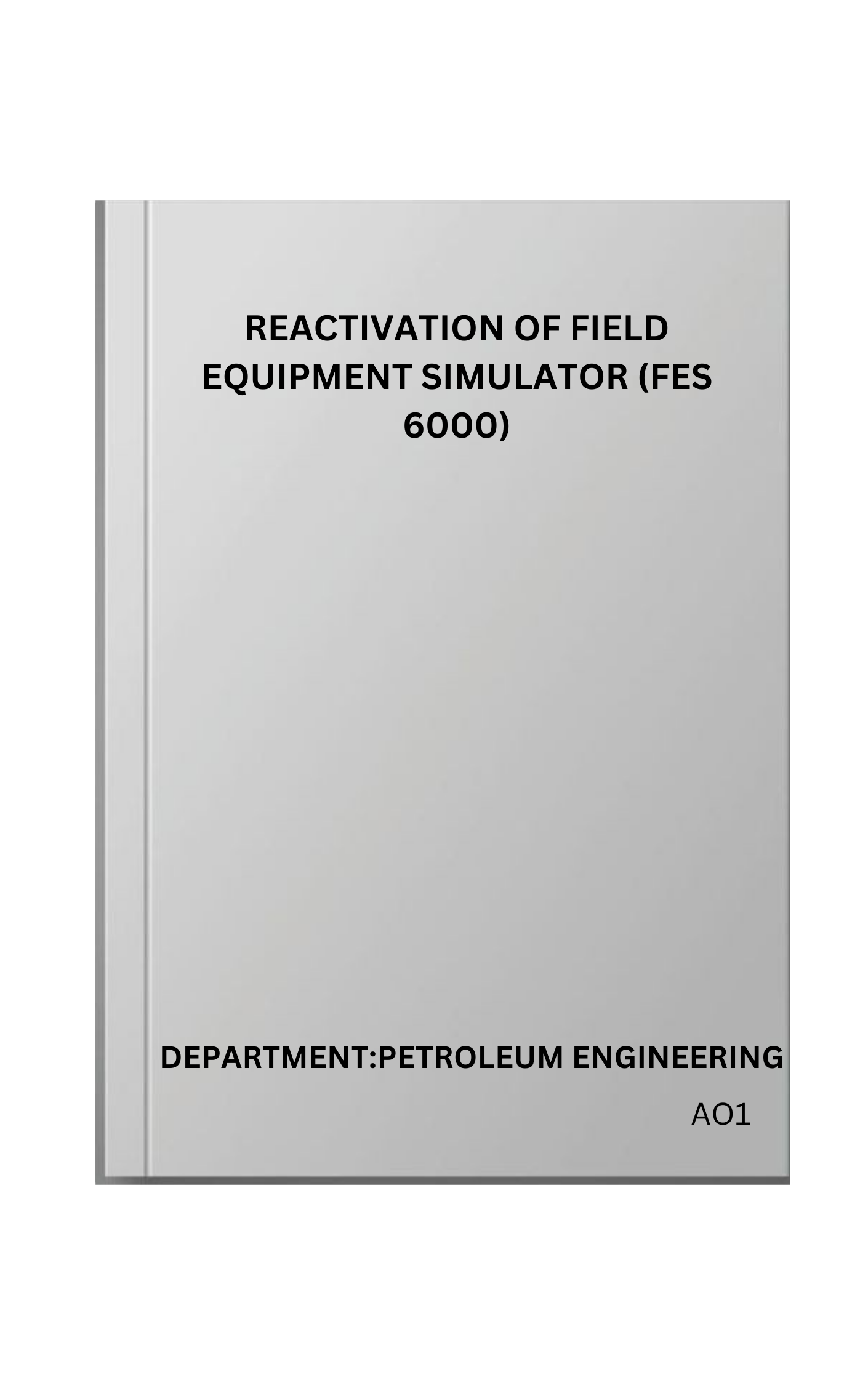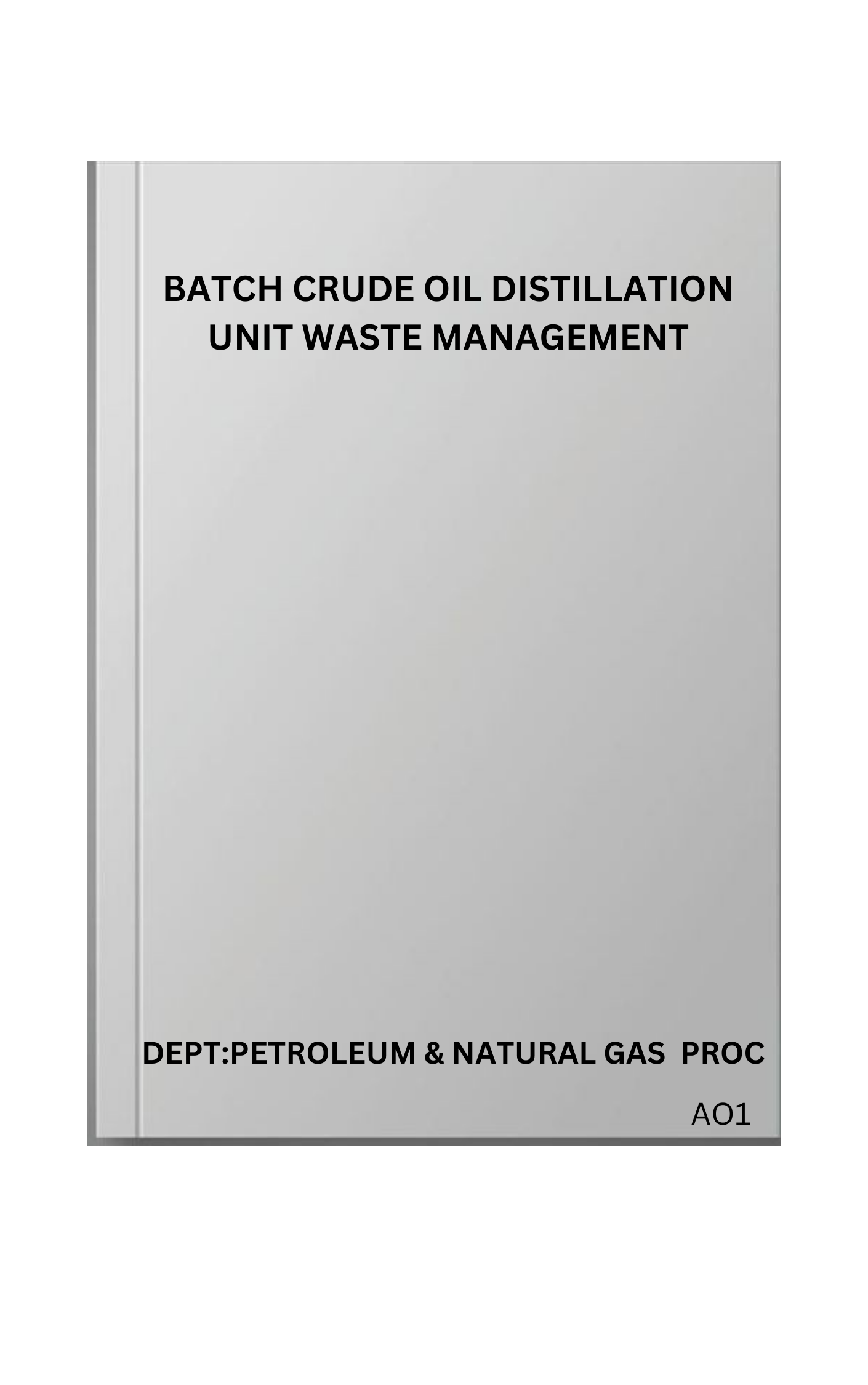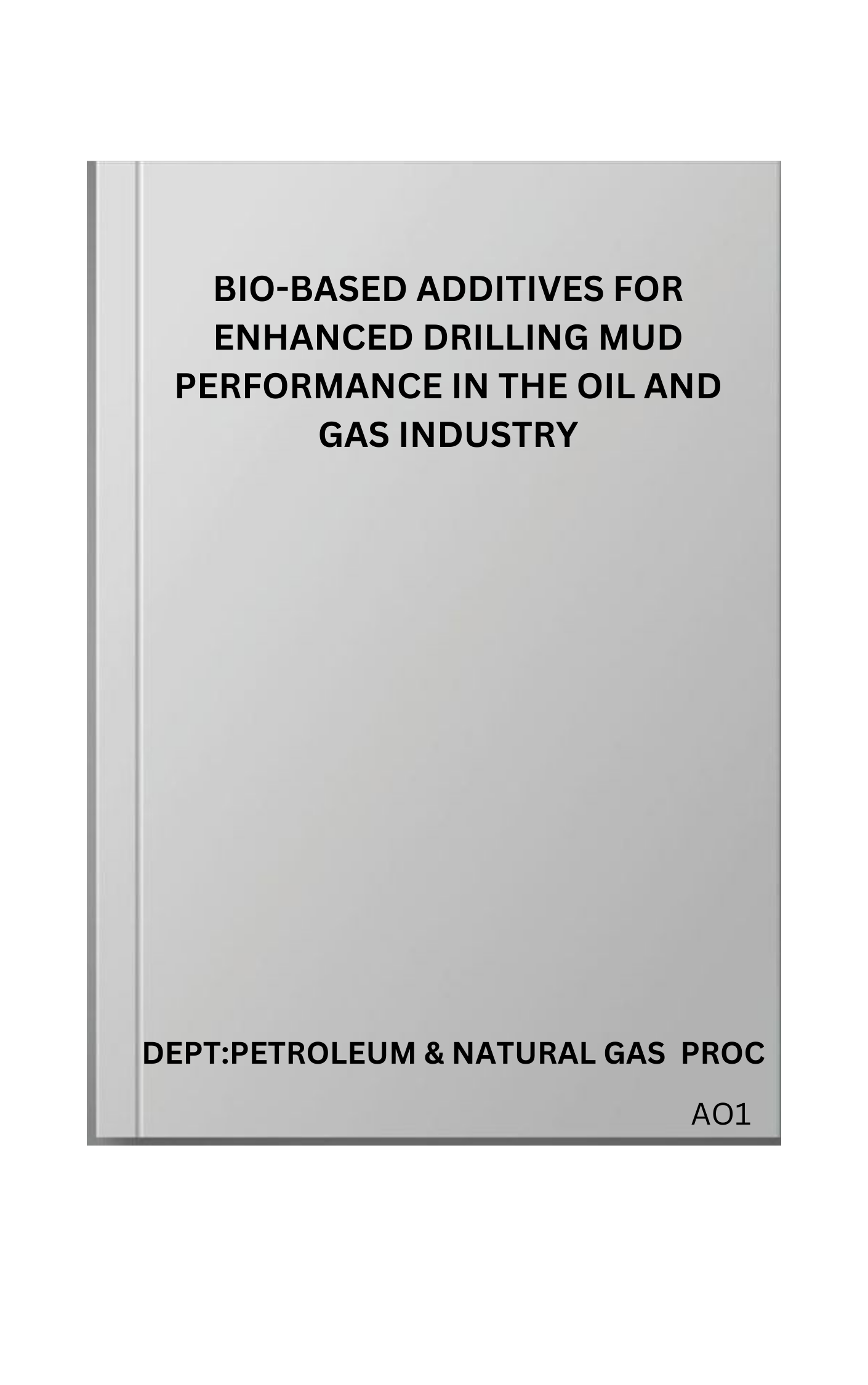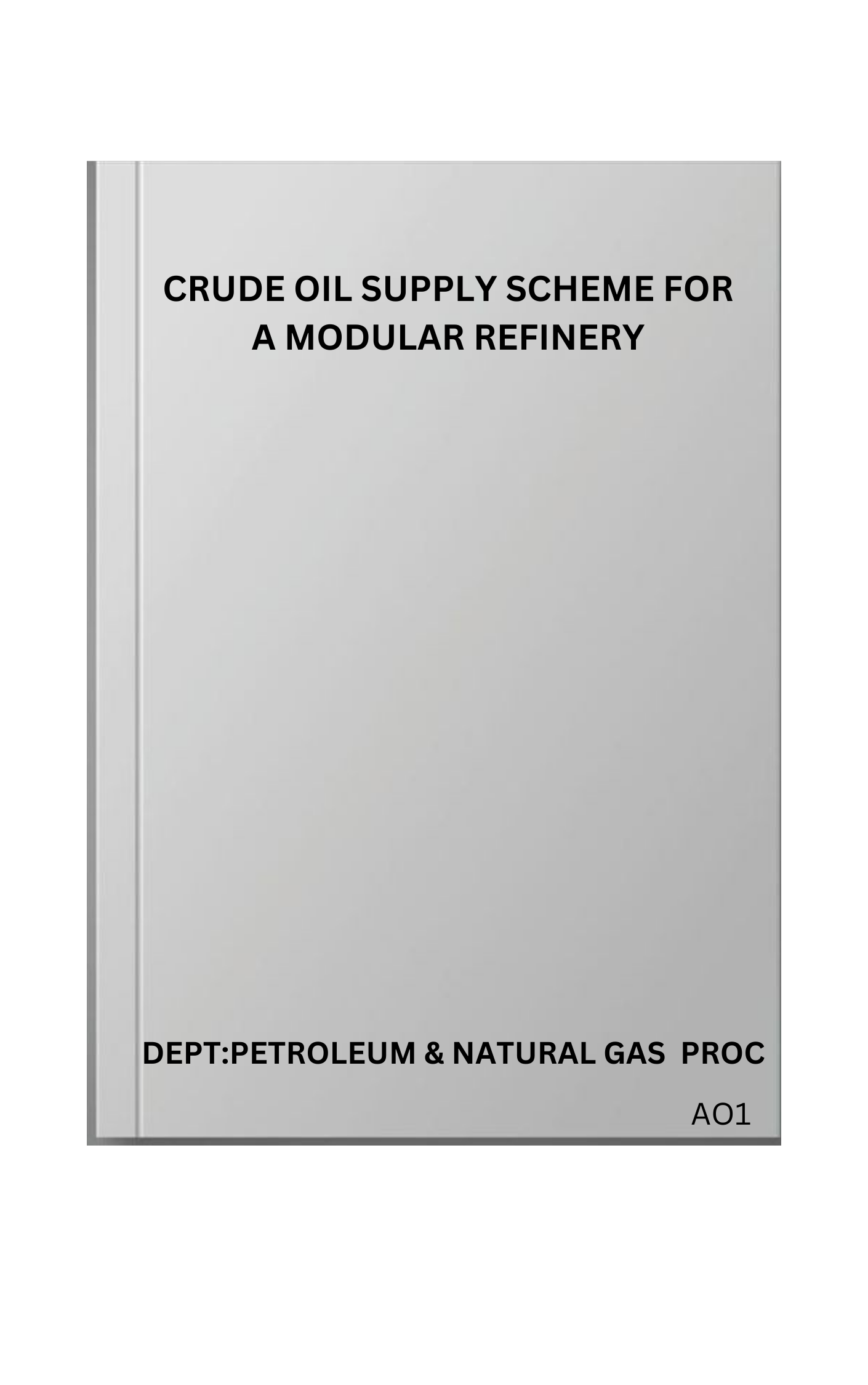
Get Full Access
Immediate download available after access is granted.
Get Material NowREACTIVATION OF FIELD EQUIPMENT SIMULATOR (FES 6000)
Abstract / Description
Abstract
The reactivation of the Field Equipment Simulator (FES 6000) is crucial for enhancing training and operational efficiency in the oil and gas industry. This study examines the process of restoring the FES 6000 to full functionality, focusing on its role in providing hands-on training for field operators, engineers, and technicians in drilling, well control, and production operations.
The research explores key steps involved in the reactivation process, including system diagnostics, software upgrades, hardware repairs, calibration, and performance testing. It also highlights common challenges such as outdated software, component wear, and lack of technical expertise that may hinder the reactivation process.
Findings suggest that a fully operational FES 6000 significantly improves personnel competency, reduces training risks, and enhances decision-making in real-world field operations. Additionally, integrating modern simulation technologies, such as virtual reality (VR) and artificial intelligence (AI), can further enhance the simulator’s effectiveness.
In conclusion, this study underscores the importance of reactivating and upgrading the FES 6000 to support workforce development in the oil and gas sector. It recommends regular maintenance, software modernization, and collaboration with equipment manufacturers to ensure the simulator remains a valuable training tool for industry professionals.
Overview
CHAPTER ONE
INTRODUCTION
1.1 Background of Study
Simulators in control rooms have become indispensable tools across various industries, playing a vital role in providing realistic training environments, facilitating system testing, and supporting performance analysis. These advanced systems replicate real-world scenarios, enabling operators to refine their skills, understand system behaviors, and prepare for emergencies without jeopardizing actual operations. The integration of simulation technologies has significantly enhanced efficiency and safety in high-stakes environments, including nuclear power plants, aerospace operations, and oil and gas facilities (Baker & Smith, 2021; Smith, 2022).
In nuclear power plants, simulators are specifically designed to train operators in handling reactors, maintaining strict safety protocols, and managing emergency situations. These systems employ high-fidelity models of reactor components and real-time simulations of nuclear processes. Full-scope simulators, for example, mimic the entire control room environment, allowing operators to develop their proficiency in managing complex systems while adhering to safety standards. This approach minimizes the likelihood of operational errors and enhances the ability to respond to emergencies effectively (International Society of Automation [ISA], 2020).
In the aerospace industry, simulators are essential for pilot training, mission planning, and system testing. They provide realistic flight dynamics, cockpit controls, and navigation systems, enabling pilots to practice a wide range of scenarios. Full-flight simulators, commonly used for pilot certification, allow individuals to familiarize themselves with various aircraft models and develop critical skills for safe and efficient flight. Additionally, these simulators support navigation training and safety drills, further improving preparedness for real-world challenges (Smith, 2022).
One of the most specialized and impactful applications of simulators are found in the oil and gas industry, particularly in the control rooms of flow stations. Flow stations are critical nodes in oil and gas fields where crude oil is processed, separated into oil, gas, and water, and subsequently pumped to export facilities. Flow station simulators are designed to replicate the complex processes and systems involved in these operations, providing a safe environment for training, performance optimization, and emergency preparedness (Drilling Systems, 2011).
Flow station simulators incorporate a range of features that make them invaluable tools in the industry. These include process replication, which simulates the entire flow of operations, from separating oil, gas, and water to managing by-products. Real-time modeling of fluid dynamics, temperature, and pressure changes allows operators to gain an in-depth understanding of the processes they manage (Drilling Systems, 2011).
Another key feature is control system emulation, which replicates Distributed Control Systems (DCS) and Supervisory Control and Data Acquisition (SCADA) systems commonly used in flow stations. These simulators provide realistic interfaces that enable operators to practice monitoring and adjusting process variables, ensuring they are well-versed in the systems that drive critical operations (SCADA Systems Ltd., 2020).
Emergency response training is another crucial aspect of flow station simulators. By replicating scenarios such as equipment failures, leaks, and safety system activations, these simulators allow operators to practice response procedures in a risk-free environment. This training prepares personnel to act decisively and effectively during real emergencies, thereby reducing potential hazards (ISA, 2020).
Performance monitoring and optimization capabilities further enhance the value of flow station simulators. These tools enable operators to analyze the efficiency and productivity of operations, test various operating conditions, and implement optimization strategies. Such analyses lead to improved productivity and safety by identifying potential improvements before they are applied to live systems (Drilling Systems, 2011).
Finally, flow station simulators support maintenance and troubleshooting efforts by providing a platform for maintenance staff to practice diagnostic procedures and repairs. This feature helps in identifying potential issues in a controlled environment and equips personnel with the skills needed to address problems efficiently, reducing downtime and enhancing system reliability (Zhang & Gertler, 2018).
Overall, simulators have transformed the way industries train operators, maintain safety, and optimize performance. In particular, flow station simulators in the oil and gas industry exemplify how advanced technologies can replicate complex processes, improve operator readiness, and ensure operational excellence. By offering a controlled yet realistic training environment, these simulators help minimize risks while maximizing productivity and safety.
Case Study
A typical flow station monitoring system integrates a virtual model of the station, providing detailed representations of critical components such as separators, pumps, valves, and control systems. This virtual model is seamlessly connected to real-time data from sensors strategically placed across the flow station. These sensors continuously monitor the flow of fluids and other essential parameters, transmitting this data to a central server. The server processes the information and relays it to monitors in the control room. Operators, utilizing a graphical user interface that replicates the layout of the actual control room, can observe and manage flow station operations effectively. This interface allows them to monitor fluid flows and pressures, ensure optimal performance, and respond promptly to real-time data, ensuring both efficiency and safety in operations (Drilling Systems, 2011).
At the Petroleum Training Institute (PTI), the FE Simulator system currently encounters several faults that compromise its performance and reliability. This project seeks to address these challenges by identifying the underlying faults, developing an algorithm for accurate fault diagnosis, and subsequently creating new and improved simulation software. The primary objective is to restore and enhance the functionality of the FE Simulator system, ensuring it meets training and operational requirements effectively.
The necessity for this project arises from the need for a dependable and efficient simulation environment that can support comprehensive training programs. A proposal for the project was developed in consultation with the Engineering, IT, and Training departments. These consultations aimed to gain a holistic understanding of the existing issues and identify viable solutions that align with the institute’s objectives.
The proposed project is innovative and holds the potential to significantly improve the FE Simulator's performance and reliability. By leveraging advanced diagnostic algorithms and modern software development techniques, the project aims to address complex technical challenges that hinder the simulator's effectiveness. Furthermore, the project emphasizes collaboration between the Engineering and IT departments, fostering interdisciplinary partnerships and knowledge sharing. The anticipated outcome is an enhanced simulator system that not only supports superior training outcomes but also contributes to operational efficiency and safety (Baker & Smith, 2021).
1.2 Aim and Objective
The primary aim of this project is to enhance the functionality and reliability of the PTI FE simulator by diagnosing current faults and developing an algorithm that will inform the creation of new, more robust simulation software.
The Objectives of this study are;
●Fault Identification: To systematically identify and document the current faults within the FE simulator.
●To repair faulty components within the simulator to restore its operational efficiency and effectiveness
PAY TO GET COMPLETE PROJECT.


